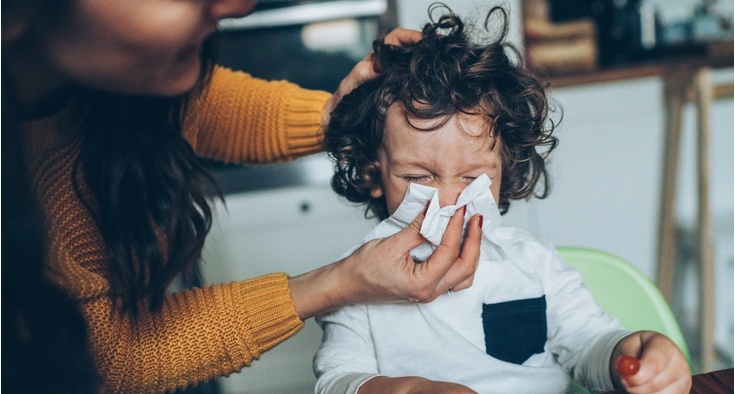While the bacterial infection tuberculosis (TB) is considered the world’s top infectious killer (1.5 million people a year), the disease is not nearly as contagious as COVID or the flu in the United States.
All are spread by coughing and sneezing. But there’s a key difference with TB: You’re at risk only during prolonged, close contact with an infected person.
Still, TB gets around. This week, Charlotte-Mecklenburg Schools identified a case of pulmonary tuberculosis (the most common form) at North Mecklenburg High School. Cases were also identified earlier this year at high schools in Virginia, Alabama and Michigan.
But generally, TB is harder to get in the classroom, said Dr. David Priest an infectious disease physician and Novant Health senior vice president and chief safety and quality officer.

“Most students inside a school building are at very low risk of acquiring TB, and much more likely to get COVID or flu,” Priest said. “If I walk by someone with TB in the hallway, my risk of acquiring it is quite low.”
TB is more prevalent in other parts of the world, with more than 1.5 million deaths globally every year, but most people in the U.S. are at low risk, according to the Centers for Disease Control and Prevention.
Here, Priest discusses what parents and families should know about symptoms, spread and treatment options.
What are the symptoms of TB?
Tuberculosis most commonly affects the lungs because it’s spread through respiratory transmission.
There are two groups of people who have TB infection: One is a group of people who, once exposed, breathe the germ into their lungs and their immune system takes that germ and controls it. Those individuals often don't have symptoms and they are not contagious. These people might control the germ for months or even years, but it can become active at some point later in life. They are said to have latent TB infection.
And then there's the other group who breathes in the germ and their immune system doesn't control it as well. Those people have an active TB infection and are symptomatic, usually with chest pain, fever, weight loss, and a persistent cough for many weeks. They have active TB, and they are contagious.
How is a case identified, and what does treatment look like?
Active TB is identified through a lab analysis of sputum from your lungs. Chest X-rays are also used to determine whether TB is active and therefore contagious. You can take antibiotics to treat it, but this can take months because the bacteria grows so slowly.
Someone with latent TB (no symptoms) is identified through a blood or skin test. Latent means you're not contagious, and you can take antibiotics that reduce the risk of the disease becoming active.
Is there an available TB vaccine?
In places around the world where TB is much more prevalent, there's a vaccine given to children that can be effective. But there is no vaccine available in the U.S., partially because there are so few cases here relative to the rest of the world. Our best course of action is to make sure we're controlling cases by getting people the appropriate treatment they need.
Would you expect more cases following an outbreak at school?
If you haven’t spent several hours in close contact with a case, you have nothing to be concerned about. There's no risk.
The health department will focus initially on those people most in close contact with that student or teacher, and work from there to see if anybody else tests positive. If you've been exposed — and even if you test positive — there's time to evaluate and treat you.
What are the differences in exposure and transmission in TB versus COVID?
COVID is much more contagious. Respiratory viral infections like COVID, influenza or the measles — which is the most contagious thing in the world — are more contagious than tuberculosis. So you're more likely to get those viral infections from shorter exposure times.
With TB, you typically need to be around somebody for a number of hours in close contact. That's why that public health department investigation consists primarily of household contacts and close friends.
What safety can we take to protect ourselves?
This is not something that the average parent or student needs to worry too much about, and that's because our public health system does a great job of finding and isolating cases. Parents have a lot to worry about in today's world, and I’d say this is way down on the list.










